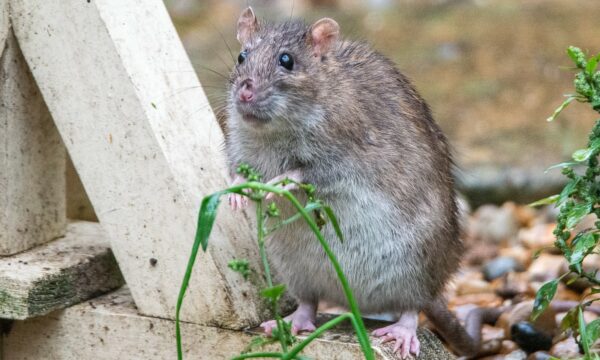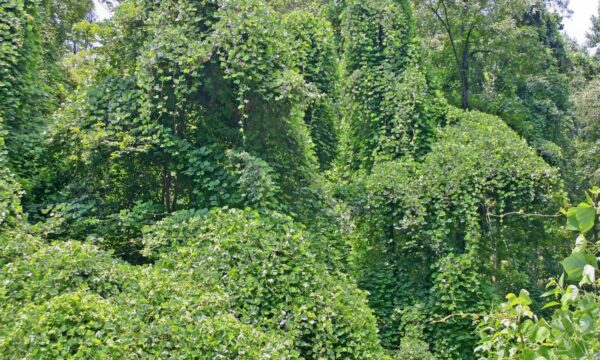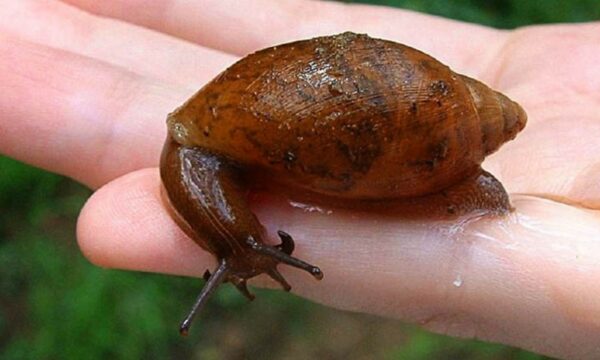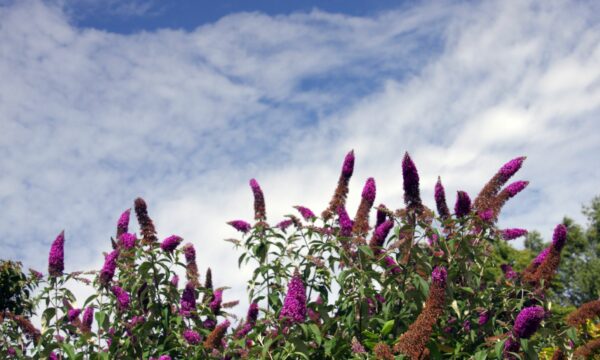In May 2014 the following datasheets were published on CABI’s Invasive Species Compendium (ISC). You can explore the open-access ISC here: www.cabi.org/isc
Tithonia diversifolia (Mexican sunflower) has been introduced to tropical parts of Asia and Africa and some Pacific islands from its native Mexico, Central America and Cuba. The combined might of rapid vegetative reproduction, hundreds of thousands of seeds and a high tolerance of heat and drought all contribute to this herbaceous plant’s invasiveness. Dense stands prevent the growth of young native plants.
Native to the Mediterranean region, Carduus pycnocephalus (Italian thistle) has been introduced around the world, presumably accidentally. Dense infestations of the thistle in pastureland can smother smaller plants, reduce livestock access to grass and even injure animals. It may also contribute to wildfires in California.
The ornamental shrub Lagerstroemia indica (Indian crape myrtle) has become invasive in many tropical and subtropical parts of the world. Originally planted around along roads and around homes, it has since spread to waste ground, disturbed sites and open grasslands in a variety of habitats, from South Africa to the Virgin Islands.
Other invasive species datasheets recently published include:
Indigofera spicata (creeping indigo)
Elephantopus mollis (elephant’s foot)
Briza maxima (large quaking grass)
Indigofera tinctoria (true indigo)
Ipomoea ochracea (fence morning-glory)
Related News & Blogs
Can scientific data on invasive species protect endangered species from extinction?
A Red lionfish (Pterois volitans) – while splendid to look at, it is a venomous coral reef fish that predates native species, is rapidly reproducing and spreading and is a permanent resident of the Atlantic waters. Credit: Invasive species are a major…
4 December 2023





